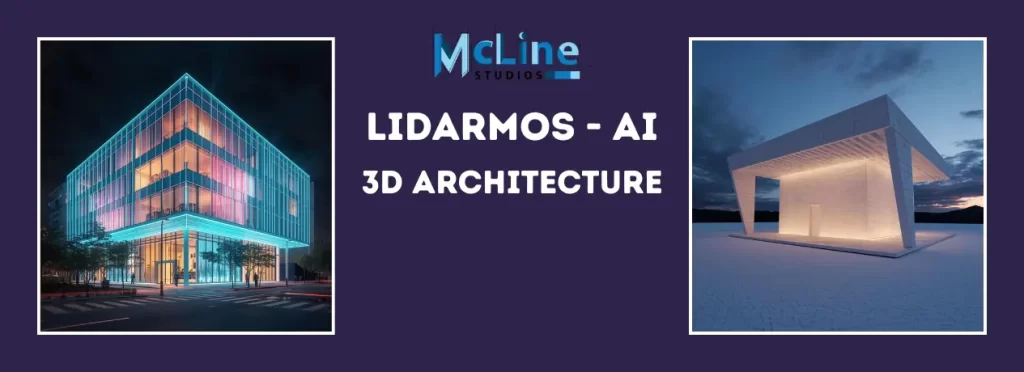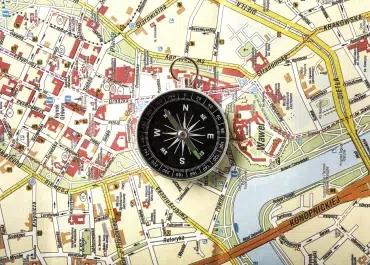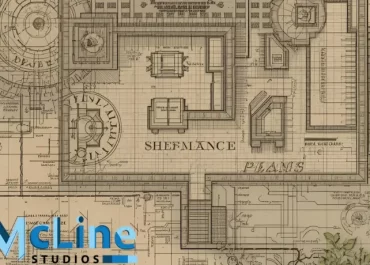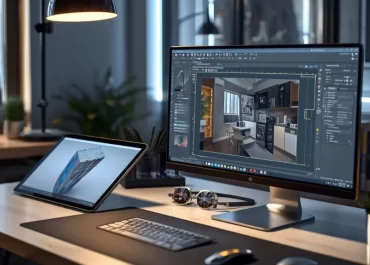In today’s fast-evolving architectural world, precision and perception drive every great design. Lidarmos is leading that revolution — merging LiDAR technology with intelligent data systems to empower architects, designers, and builders to work with unmatched accuracy and creativity.
As buildings become smarter and cities more connected, Lidarmos is shaping the next era of digital architecture, where design meets data and every structure begins with perception.
What Is Lidarmos?

Lidarmos is more than a name — it’s a movement toward intelligent design powered by machine perception.
The platform focuses on integrating (Light Detection and Ranging), AI, and automation to help the architecture industry transition from traditional workflows to a data-driven design environment.
By harnessing LiDAR’s ability to capture millions of spatial data points per second, Lidarmos enables architects to visualize, model, and analyze built environments with incredible precision.
Why Lidarmos Matters in Architecture
Architecture has always balanced art and engineering. Lidar-Ai adds a third dimension — intelligence
With LiDAR-based mapping and 3D scanning, Lidarmos helps architects reimagine how they conceptualize, document, and deliver design projects.
Here’s how Lidar-ai is revolutionizing the field:
1. Intelligent Site Scanning
Traditional site surveys often miss micro-details that affect design outcomes.
Lidarmos integrates scanning to create high-accuracy 3D models of terrain and structures, reducing human error and improving site understanding before design even begins.
2. LiDAR-Powered BIM Integration
Through LiDAR-to-BIM workflows, Lidarmos ensures that architectural models are both visually rich and dimensionally precise.
This fusion enhances coordination among architects, engineers, and contractors — preventing costly rework during construction.
3. Restoration and Heritage Documentation
Historic preservation demands precision.
Lidarmos enables 3D LiDAR scanning of heritage buildings, capturing intricate details and forms that traditional measurement tools can’t. This data becomes the foundation for accurate restoration planning.
4. Smart Construction Insights
LiDAR and AI together provide real-time construction monitoring — tracking progress, detecting deviations, and ensuring that every phase aligns with the design intent.
With Lidarmos, architecture becomes truly measurable and manageable.
The Role of LiDAR in Lidarmos’ Vision
At the core of Lidarmos lies the power of LiDARAi technology.
By emitting laser pulses and measuring reflected light, builds exact 3D maps of spaces — a process that supports architecture at every stage: design, validation, and post-construction analysis.
Lidarmos takes this data beyond mapping. Using AI and automation, it transforms LiDARAi scans into actionable architectural intelligence — supporting design decisions, energy efficiency planning, and sustainable construction strategies.
From Design to Reality — The Lidarmos Advantage
Lidar doesn’t just document the built environment; it helps shape it. Architectural teams that adopt Lidar- ai benefit from:
- Enhanced Visualization: Detailed 3D environments from LiDAR scans improve client communication.
- Faster Decision-Making: AI-driven analysis identifies potential design issues early.
- Sustainability by Design: Energy simulations based on LiDAR-captured geometry enable eco-smart building planning.
- Reduced Costs: Accurate data minimizes material waste and project delays.
In essence, Lidar bridges the gap between creativity and computational precision.
The Future of Architecture with Lidar-ai
The architecture industry is entering a new phase — where digital perception defines physical creation.
Lidarmos envisions a world where every structure is first understood through LiDAR data, then brought to life with intelligence, efficiency, and sustainability.
From autonomous construction monitoring to real-time 3D modeling, Lidarmos is not just a tool — it’s the foundation for the architecture of tomorrow.
Conclusion
As design and technology continue to converge, LidarAi stands as the guiding light for modern architecture.
By combining LiDARAI, and automation, Lidar empowers architects to see beyond blueprints — to perceive, predict, and perfect every dimension of design.
Lidarmos isn’t just building structures. It’s building the future of architectural intelligence.




